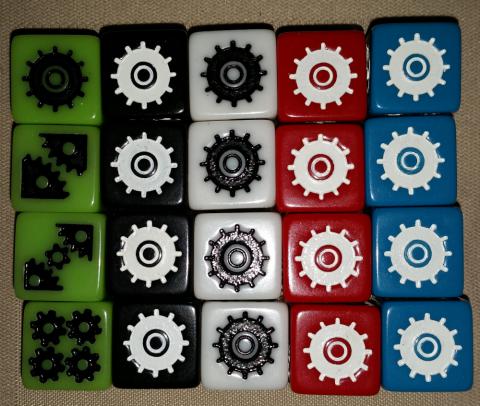In modern hobby board games player elimination has largely been eliminated. That’s a good thing, right? Probably, but it depends on the implementation. Let’s take a look.
Current Norm: Generally, most recent games avoid player elimination unless the game takes less than about 30 minutes and any player is unlikely to be out of the game for more than about 10-15 minutes. (Note: These statistics are based on a quick summary of games I have played recently and are not scientific, but you get the idea). The modern designer doesn’t want any player left in the cold for more than about 10 minutes and presumably that is based on the fact that most players don’t want to risk being out in the cold for more than that either.
As a designer working on a game design, you may ask yourself, “How do I keep all the players in the game to the end?” Depending on what you mean by “in the game” you may be asking yourself the wrong question. If your first thought is to let the player stay in, but without any real chance of winning (probably by some brute force method of basically starting over) then you are not only asking yourself the wrong question, but getting the wrong answer. Better to let them go jump into another game or Tweet on their phone for the rest of the game than to patronize them with a false sense of belonging in the current game. At least they will be Tweeting about how they sucked instead of how your game sucked. Maybe.








